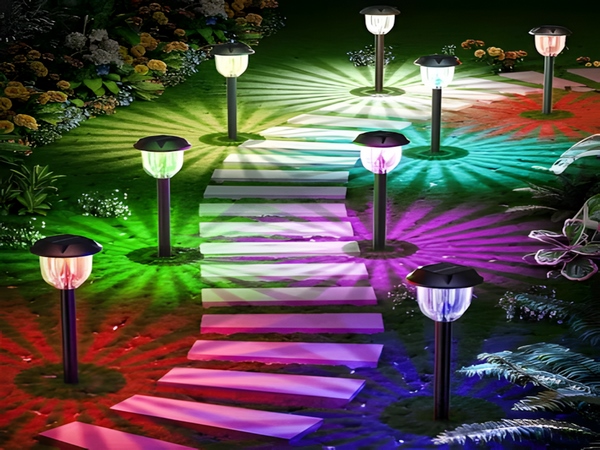
Solar street lights rely on solar panels for power, utilizing maintenance-free sealed batteries to store energy and high-brightness LED lighting fixtures as the light source, which are regulated by intelligent charge and discharge controllers, replacing traditional public electric lighting. However, special attention must be paid to several issues during the configuration of solar street lights.

1. Solar street lights should only be installed on sunny days. Installing them on rainy days means that when the lights turn on, they will consume power without charging, failing to meet design requirements.
2. On the same day the installation is completed, many engineers, eager to see the lighting effect, turn on the lights that night. New batteries do not come fully charged from the factory, and turning them on immediately after installation cannot meet the needed duration for rainy conditions. The correct method is to securely connect the controller after installation, but not to load it. Charge it the next day at noon, then turn on the lights in the evening, allowing the battery capacity to reach a relatively high level. Of course, this will incur additional labor costs.
3. The angle of the solar panel is generally designed to have a tilt of 45 degrees to ensure better charging in winter. However, the installation’s angle can be affected by various factors. If a slight deviation in angle is found after erecting the lamp post, it may not be necessary to adjust it further. This small difference in angle can affect charging efficiency and the voltage produced by the solar panel under the same lighting conditions, leading to significant discrepancies in the activation time of solar street lights. Therefore, adjustments to the orientation of the solar panel should be made as much as possible during ground assembly.

These are three important considerations for the installation of solar street lights. By mastering these aspects, the installation process should proceed without major issues.



